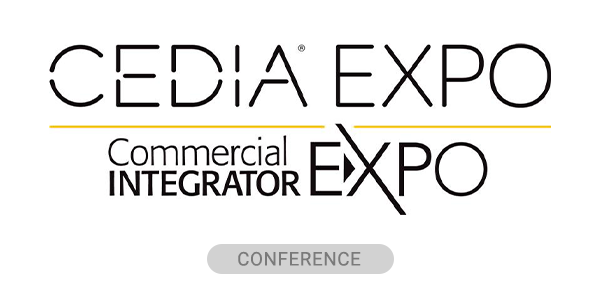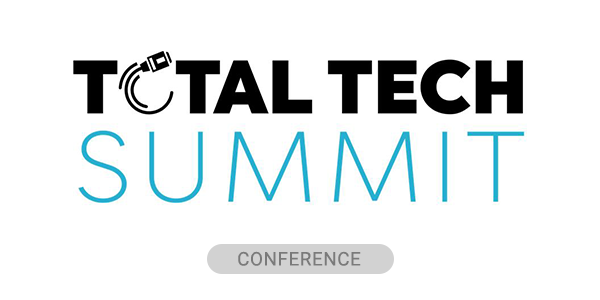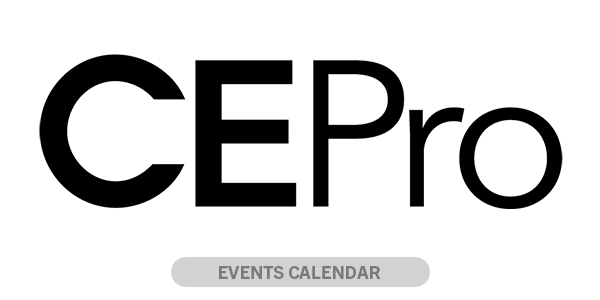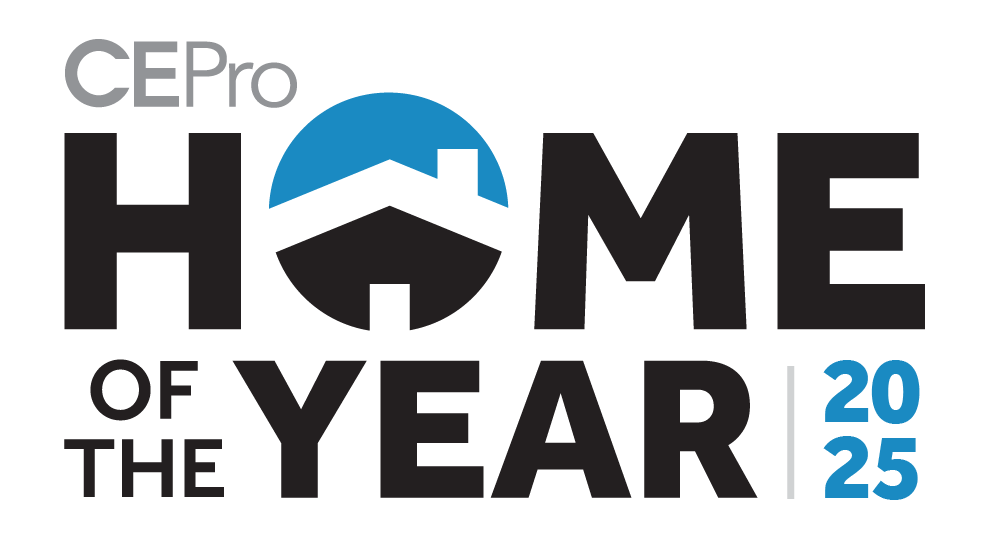Any security expert will tell you that good overall security comes in many forms and even layers. Even if you specialize in alarm systems, there are often small things you can do in the physical security space that can go a long way in satisfying both commercial and residential customers.
1. Swap Out Your Screws
Do you still secure exterior siren boxes and internal control cabinets with standard Phillips head screws? Why not offer the customer some extra physical security with the implementation of tamper-resistant screws?
The cost is minimal and it will set your company’s work and professionalism apart from others. This also gives a more proprietary tone to your work.
Some of the more unique tamper-resistant screws include the Tampruf with special driver socket and tough sloping screw top; the Bryce Hex-Pin with special socket designs; and my favorite, the Avsafe, which has a head that looks like a smooth, slippery rivet.
2. Secure Those “Extra” Entrances
Want to score some extra points with your customer? Next time you are installing alarm contacts and notice that the customer does not have any extra physical security on their patio doors, offer to put in a simple sliding patio door security pin at no extra charge.
It takes all of 10 minutes to install and only costs a few dollars. This shows the customer you care about their overall security. Some other examples of such offerings might be hinge jamb pins on the interior garage door and a door security guard for extra personal security on the front entrance door.
3. Keep This in Your Back Pocket
Another form of physical security that is often overlooked is the application of security film. This can be applied to vulnerable windows and on interior display cases in high-risk commercial locations.
It still amazes me how often I hear about smash-and-grab scenarios in mall jewelry stores. When this clear film is applied by certified installing dealers it prevents easy penetration of glass windows. A good resource to check is 3M. Additional selling points would be fragment retention for bomb blast mitigation and energy savings.

4. Get Physical With Cybersecurity
Into cybersecurity yet? Here’s one way physical security can address cyber concerns at the same time. Go into a professional office and you’ll still see — unbelievably but commonly — the back sides of office PCs exposed to pedestrian traffic.
Along with this you will often find exposed USB ports that are a susceptible target for physical USB hacking devices or keyboard loggers. This is the perfect application for physical USB port blockers.
USB port access can also be addressed by freeware utility programs such as the USB Drive Disabler from IntelliAdmin. Check out the free remote network versions available as well.
5. Get Creative
Another low-cost, creative IT physical security device is Platinum Tools’ EZ-Datalock Strain Relief.
The simple application of these devices will discourage cable disconnects and unauthorized access. A special matching “key-holder” pin is needed to disconnect the cable.
Author Bob Dolph is a “Tech Talk” columnist for CE Pro sister publication Security Sales & Integration. Bob installed his first DIY home intercom system at the age of 13, and formally started his technology career as a Navy communication electronics technician during the Vietnam War. Early in his career, Bob started and operated his own alarm dealership. He has also served as treasurer of the Wisconsin Burglar and Fire Alarm Association and on Security Industry Association (SIA) standards committees. Bob provides media and training consulting to the security industry.






